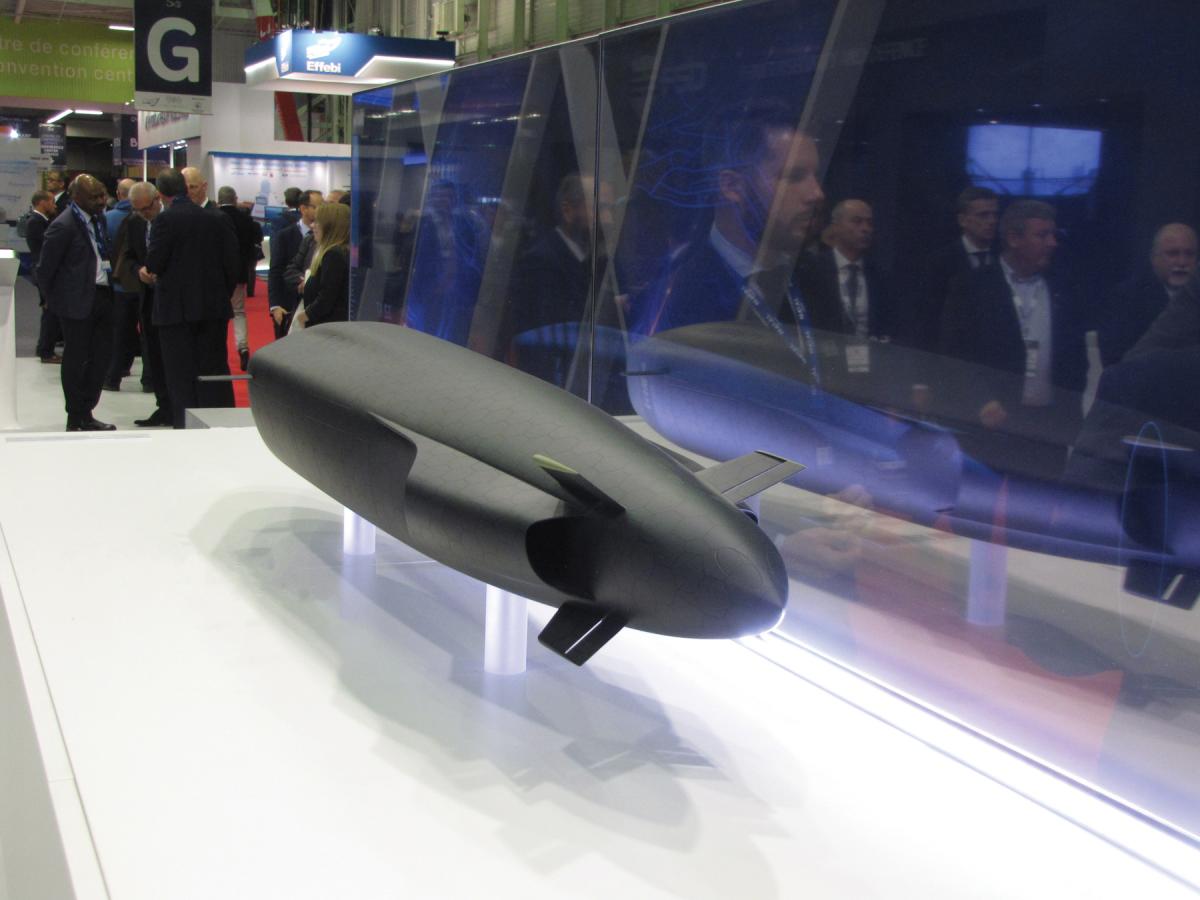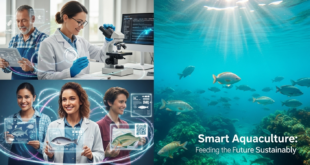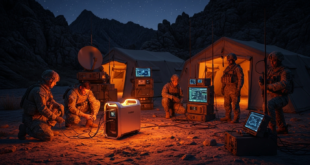Batteries have been used on underwater applications for more than a century, for instance, lead-acid batteries have been used in conventionally powered submarines since the end of the 19th century. Since World War II, submarines have used lead acid batteries. Lead acid batteries are heavy, but they’re also a proven technology. They are utilized to power the vehicle’s main propulsion, or as a stand-by battery. Lead-acid battery (LAB) technology, even with its drawbacks in power and energy density, has survived a century as a source of stored energy for main propulsion or as stand-by batteries for submarines.
However, increased endurance and speed demands have stimulated the development of a new generation of energy storage technology, based on mature Lithium-ion battery (LIB) technology. In addition, the lead-acid battery loses power over time and must be charged more frequently as the service life increases. They’re also obsolete in the consumer world, replaced in the 1990s by nickel metal hydride batteries. Today’s devices are powered by an even better technology, lithium ion batteries.
Battery technology has matured significantly during the past two decades as not only the world but also energy has become increasingly mobile. Lithium-ion Batteries (LIBs) have grown to become the dominant battery technology across a wide range of applications. It is a disruptive technology that will significantly alter a variety of industry sectors, including consumer electronics, energy, oil & gas, transportation, and maritime.
All diesel-powered submarines use batteries to travel silently underwater. The batteries are charged by the diesel engine, which needs oxygen to run. This in turn requires the submarine to surface, or at the very least snorkel, which exposes the periscope, an air intake, and an exhaust port above the surface of the water. Although small, these bits of equipment can be detected by radars, bringing unwanted attention from enemy anti-submarine ships and planes.Some modern submarines use an air independent propulsion system instead of regular diesel engines to travel underwater and recharge their batteries. This increases the amount of time a submarine can travel underwater, but it’s noisier than battery propulsion. The better the batteries, the longer a submarine can travel—and fight—underwater.
Therefore submarines are increasingly looking to new generation of LIBs that offer better power and energy density. Lithium-ion batteries could be a game-changer in underwater applications, with the potential to be a primary source of power not just for submarines, but unmanned underwater vehicles (UUVs) and torpedoes too al to be one of the best sources of power for Unmanned Underwater Vehicles (UUVs), torpedoes, and submarines, because their compact designs bring higher efficiency and strengthen reliability for underwater applications. While LIBs are becoming more common in UUVs, there are a few combat torpedoes powered lithium-based batteries. LIBs are now generally preferred for exercise torpedoes.
The LIB system for submarines could be a milestone in the industry. Compared to the well-known lead-acid battery, the lithium-ion battery have a higher energy density, requires very little maintenance and has a longer service life. Key submarine designers such as Naval Group, TKMS, and Saab have conducted extensive research into the use of LIBs on future submarine designs. They are expected to release their LIB-powered submarine designs in the near future. “For the tactical capabilities of the boat, the battery offers a whole range of possibilities. The submarine has more energy, can stay under water longer, can drive at top speed longer and needs shorter charging times,” says the engineer. In addition, the lithium-ion battery is literally maintenance-free.
Big-name designers such as Spanish shipbuilder Navantia, high-tech naval defense company Naval Group, and Swedish defense company Saab Kockums have already designed LIBs for submarines. “Even though there are some concerns with LIB, such as thermal runaway, fire and explosion risks, it is the fastest growing and most promising battery technology,” explains Captain Nurettin Sevi, previously of the Turkish Navy, and now Defense Analyst at GlobalData, a data analytics and consulting company. “It has the potential to be one of the best sources of power for defense underwater applications because their compact designs bring higher efficiency and strengthen reliability for underwater applications.”
The Japanese Navy employs the technology in the Sōryū-class submarine – a diesel-electric attack sub – and South Korea has utilized them for their next-generation attack submarines. The US Special Forces delivery vehicle – the Dry Combat Submersible (DCS) – and the Russian Surrogat unmanned mini-sub are both powered, or will be, by LIBs.
LIBs are also of value in civil maritime, namely in unmanned underwater vehicles (UUVs). Thyssen Krupp Marine Systems, a German defense company, intend to power their Modifiable Underwater Mothership (MUM), a modular underwater vehicle, which aims to ‘conquer the deep sea’, with LIBs. MUM will aid the transport and deployment of payloads, have applications in the offshore wind and oil and gas industries, as well as the ability to explore hard to reach areas, such as the Arctic ice regions.
Japan’s Lithium Ion Battery-Powered Submarine
Japan’s submarine fleet is getting a major upgrade, and it’s likely the same tech found in the device you’re using to read this article. The new submarine Toryu, or “Fighting Dragon,” is equipped with lithium ion batteries, which power most of the consumer technology available worldwide. The result is submarines capable of cruising silently underwater longer than ever.

Toryu, built by Kawasaki Heavy Industries and launched on November 6th, is equipped with lithium ion batteries. Lithium ion batteries are lighter and have a higher energy density, meaning a pound of lithium ion batteries will store more electricity than a pound of lead acid. Lithium ion batteries also hold their charge longer and are faster to recharge. Toryu will be able to sit quietly on the bottom of the ocean, waiting in ambush for the enemy fleet, then sneak away on battery power after it unleashes a salvo of torpedoes.
Lithium ion batteries aren’t a risk-free technology. Lithium catches fire when exposed to water, a precarious situation for a submarine. In the event of a leak, the batteries must be shielded from water at all costs. Lithium fires are hot, burning at up to 3,600 degrees Fahrenheit, and release hydrogen gas. Hydrogen gas buildup on submarines is very bad, because a submarine is a small, enclosed space and hydrogen gas is flammable. A hydrogen gas buildup is one theory behind the sinking of the U.S. Navy submarine Scorpion. Despite the risks of using lithium ion, Japan obviously thinks the reward in terms of increased submarine performance is worth it. Other navies will inevitably follow suit, resulting in a new generation of submarines that are deadlier than ever.
German Energiekonzepte High safety standards
“These tests were very successful, which we did not expect at all. Often something goes wrong during the first shock tests. But this test was very positive. That was the highlight of this year”. The tests have marked a real breakthrough on the way to the use of lithium-ion batteries in submarines. Because the demands on use underwater are immense. “The lithium-ion battery has an incredible amount of energy in it. If something were to happen underwater, it would be catastrophic. Therefore it is our task to develop and design the battery as safely as possible”, said Dr. Rolf Wirtz, CEO von thyssenkrupp Marine Systems.
When it comes to lithium-ion batteries, many of us think of exploding cell phones, laptops or burning electric cars. But regardless of this, the safety of the battery system in a submarine must meet the highest requirements. “Bringing this battery aboard a submarine is only possible if it does not start to burn in any situation.” It must not catch fire because there are situations in which the crew cannot leave the boat. “The battery must also provide safety in extreme situations, such as fire or accidents. The new battery has passed all safety tests, confirming that the risk is minimal. The lithium-ion batteries are designed so that they can be installed in any submarine with slight technical adaptations and thus directly replace the lead-acid battery.
The stealthy French SMX31E would be powered by lithium-ion batteries
The submarine SMX31E, is a 3,530-ton (that’s the submerged weight), 262-foot-long vessel that could be operational by 2040 – 2045. The SMX31E resembles a whale sans tail, and indeed, the architects studied these giant sea mammals closely to mimic their extraordinary hydrodynamics. There is no rear propellor in the traditional sense, and it has no need of a sail, which is the rectangular chimney-like structure that sits atop every submarine, because the direct-view periscope has been replaced by camera-equipped optronic masts.

Pushing the biomimetism further, the SMX31E is covered in tiles that look like fish scales. “These skin materials play a great role in reducing the noise that the submarine makes when sliding through the water, even at high speed,” program manager Stephan Meunier says.
To achieve these speeds, the SMX31E has two, rim-driven propulsion (RDP) electric motors. With an RDP, the propeller is inside a duct, and the duct itself contains the motor that powers the prop blades. It looks like an aircraft engine, but it has no hub—the prop blades are connected to the outer rim. This technology removes the need to have a mechanical connection, or shaft, between the power generator and the propulser itself. Accordingly, RDP systems can reduce a boat’s acoustic noise signature, a vital element for a submarine to stay stealthy and, according to the Royal Institution of Naval Architects, could also improve hydrodynamic efficiency by 7%, allowing the boat to reach higher speeds.
The RDPs are powered by electricity. In today’s submarines this is either produced by nuclear power, air-independent power (AIP), or diesel engines that charge lead-acid batteries. The problem with the latter two is that they both have to surface to recharge the batteries using the diesel generator. Fresh oxygen needs to be taken on board and the accumulated carbon monoxide, together with the exhaust that comes from running the diesel generators, must be extracted.
The submarine is at its most vulnerable when it surfaces. It has to slow down. It has to rise to the surface and then the snorkel itself, the exhaust, and the hull could be spotted. So, in order to avoid having to snorkel at all, the SMX31E will use none of these technologies. It will be entirely driven by battery. “The SMX31E will have a huge lithium-ion battery pack,” Meunier says, explaining that the enormous strides in lithium-ion battery technology over the past couple of years means these batteries could enable the boat to stay submerged for 60 days cruising at 5 knots (5.7mph) or 30 days cruising at 8 knots (9.2mph). It will need to be plugged in to recharge. That puts it on par with a nuclear submarine: 60 days is about how long those boats can stay submerged because they cannot carry more than two months of food supplies!
LIB improvements
Lithium-ion batteries have the potential to change how energy is stored and used, but, as with any developing technology, there are still improvements that can be made. Introducing graphene – a single layer of carbon-based material – could transform how energy storage technology is used. The material can be used to create lightweight and durable batteries with a high capacity for energy storage and quick charging.
Researchers from the Samsung Advances Institute of Technology (SAIT) and Seoul National University’s School of Chemical and Biological Engineering designed a graphene coating for lithium-ion batteries that will increase their capacity by 45% and make their charging speed five times faster. The batteries will also last longer and can maintain temperatures approaching 60°C, making them ideal for electric cars; it remains to be seen if they can develop a version for underwater applications.
Graphene coating for LIBs
The economies of energy storage in a wide range of applications, coupled with the falling cost of systems, would likely result in the rapid growth of battery energy storage solutions. Lithium-ion batteries are emerging as crucial for energy storage. The increasing growth of LIB-powered electric vehicles resulted in advancements in lithium-ion technologies and a steady decline in the prices of lithium-based batteries.
While Li-ion batteries have gained more popularity than other battery energy storage technologies, the introduction of graphene could revolutionise the way energy storage technology is utilised, which would enhance its market potential. Graphene is nothing but a carbon-based material, which is merely one atom thick and can be used to make batteries, which are lightweight, durable and applicable in high capacity energy storage, and they charge rapidly.
Recently, researchers from the Samsung Advanced Institute of Technology (SAIT) and Seoul National University’s School of Chemical and Biological Engineering collaborated to design a graphene coating for Li-ion batteries to enhance charging speeds by five-fold and increase battery capacity by making it 45% more energy-dense.
Improved battery storage technologies
Battery storage is expected to play a critical role in the energy transition in the fields of electric mobility and be a vital component offering flexibility and supporting variable renewable energy to the power grid.
Many battery chemistries remain viable, but advancements in Li-ion have led to market dominance, covering 95–99% of market deployments in recent years. Much of this can be credited to Li-ion Nickel-Manganese-Cobalt (NMC) batteries, which have a right balance of energy density and power and comprise much of the present growth in battery electric vehicles in the automotive sector. Brands such as LG and Samsung are predominantly NMC batteries. Tesla advertises its battery as a Nickel Cobalt Aluminum (NCA) battery. As these batteries get cheaper, they become more viable for long-duration applications by simply stacking them in larger quantities. Energy density in Li-ion iron phosphate (LiFePO4) batteries has also been increasing over time with similar cost declines, making LiFePO4 also a viable candidate for both short and long duration functions.
Changing the battery chemistry type to Li-S, Li-O, or Mg-Ion has the potential to improve energy density and ensure faster and more charging cycles. Such improvements are especially crucial for mobility applications. However, new types and chemistries are all challenged with competing with the ever decreasing cost of now-conventional, now-incumbent Li-ion batteries based on NCM/A chemistries. Today, these batteries have achieved low cost and increasing energy density not by leap-frogging their competition with technological breakthroughs, but with persistent and straightforward engineering optimisation of their production methods, tooling, speeds, and efficiency.
Longer cycle life
A typical lithium-ion (li-ion) battery pack, after a few thousand charging cycles, must be exchanged for a new one. But with the recent advancement in technology, these used batteries can go on to enjoy second, third, and even fourth lives. At present, most telecom tower operators and utility companies are leveraging second-life batteries to optimise their operational costs.
Effective management of the battery life cycle is potentially the key to the future of underwater applications. Original equipment manufacturers (OEMs) will focus on designing efficient thermal management systems and programming usage controls to enhance the battery cycle’s life.
Fast charging Li-Ion batteries
The present market of mobile devices and electric transportation technologies is undergoing expansion in terms of the need for high energy density and safe rechargeable batteries. There are several types of research for Li-ion batteries to push the boundaries of rate capability of Li-ion cells. Ever-higher charging rates are especially desired in the electric vehicle (EV) industry, where it is believed that charging rates that start to rival the refuelling time of internal combustion vehicles will mitigate so-called ‘range anxiety’ and push the widespread adoption of EVs.
General Atomics Lithium-Ion Fault Tolerant Batteries to Support Unmanned Underwater Surveillance Vehicle
General Atomics Electromagnetic Systems (GA-EMS) has been awarded a contract from Advanced Technology International (ATI) to develop and demonstrate a prototype lithium-ion fault-tolerant (LiFT) battery system to be used in the U.S. Navy’s prototype “Snakehead” large-displacement unmanned undersea vehicle (LDUUV). GA-EMS documents say that the LiFT battery system is designed to power the propulsion and support systems of the Snakehead LDUUV, in a bid to increase the UUV’s endurance, range, and payload hosting capabilities to support a variety of future mission and operations requirements.
“Our modular, flexible LiFT battery systems are designed for integration into a wide range of platforms, and have been successfully tested for use on a manned submersible,” stated Scott Forney, president of GA-EMS. “The goal of this new contract is to provide a safe, fault-tolerant, high energy density system that achieves the safety certification approvals required for an unlimited ship carry-on capability and to provide the energy needed to maximize mission assurance whenever and wherever the SAHRV is deployed.”
GA-EMS’ LiFT battery system is designed for use on manned and unmanned underwater vehicles and platforms. LiFT’s single cell fault tolerance prevents uncontrolled cascading cell failure. This ensures the safety of on-board personnel and keeps systems operational through faults to enable mission completion. LiFT has been approved for use and classified by DNV-GL (Det Norske Veritas Germanischer Lloyd).
References and Resources also include:
https://www.naval-technology.com/comment/lithium-ion-battery-technology/
https://www.popularmechanics.com/military/navy-ships/a29798485/japan-lithium-ion-submarine/
 International Defense Security & Technology Your trusted Source for News, Research and Analysis
International Defense Security & Technology Your trusted Source for News, Research and Analysis

